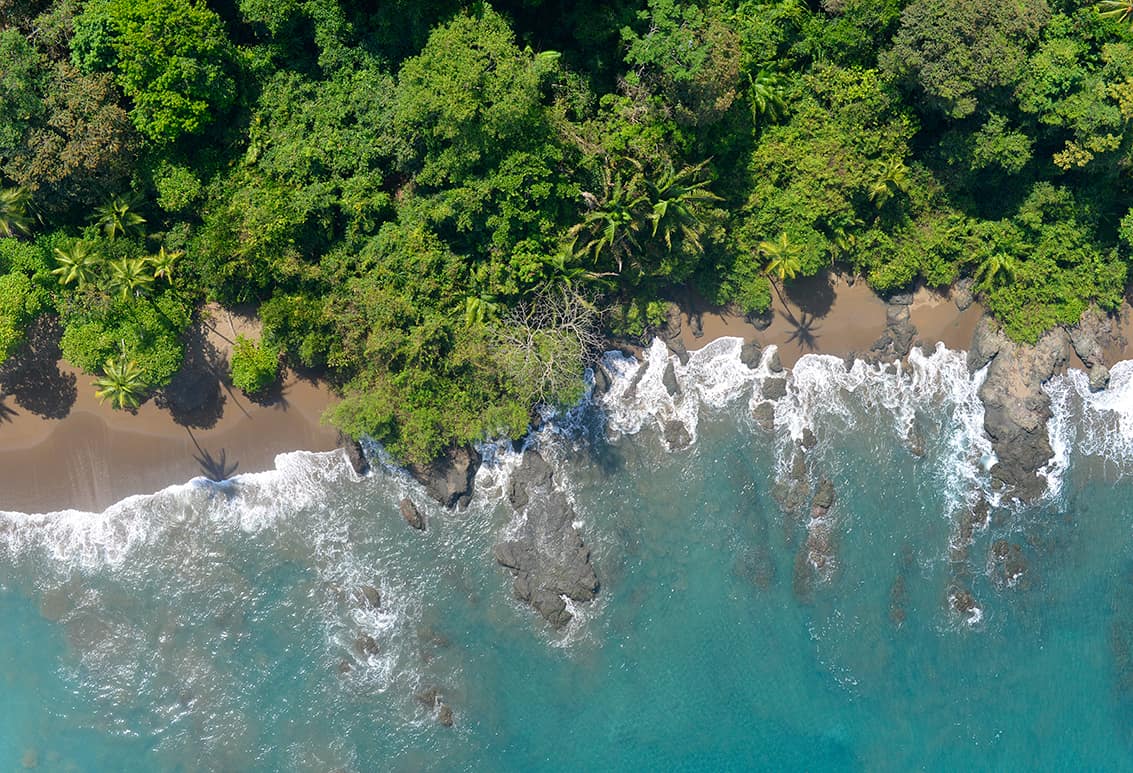As the plane descends toward Drake Bay, you begin to see the vast expanse of Costa Rica’s Osa Peninsula. This remote area of the country’s southern Pacific coast is known for its dense rainforests, rugged coastline, and rich biodiversity. The aerial view offers a glimpse of the natural beauty that defines the peninsula, including verdant forests and sparkling waters.
The Osa Peninsula is considered one of the most ecologically significant places in Costa Rica, home to a wide array of wildlife and plant species. Often referred to as “the most biologically intense place on earth,” the region is a haven for nature enthusiasts, offering numerous opportunities for wildlife viewing and outdoor adventure. Spanning less than 700 square miles, the peninsula contains around 2.5% of the world’s biodiversity, making it a prime location for scientific research and conservation efforts.
One of the Osa Peninsula’s highlights is Corcovado National Park, which covers a large portion of the area. Visitors to the park can embark on guided hikes through lush rainforests, where they may encounter a variety of wildlife, including scarlet macaws, four species of monkeys, and even jaguars. The park is also home to rare species such as tapirs and sloths. The coastal waters surrounding the peninsula are rich with marine life, where dolphins and humpback whales can often be spotted.
Drake Bay serves as a gateway for visitors seeking to explore the peninsula’s natural wonders. From this point, travelers can join boat tours, snorkeling trips, or simply relax on the secluded beaches. Whether you’re a nature lover or an adventure seeker, the Osa Peninsula provides a unique opportunity to experience Costa Rica’s natural beauty in its most unspoiled form.
For those considering a visit, the Osa Peninsula offers a blend of ecological tourism and tranquility. Its natural surroundings provide a sense of isolation and immersion in the wilderness, making it an ideal destination for anyone seeking to connect with Costa Rica’s wildlife and landscapes.






